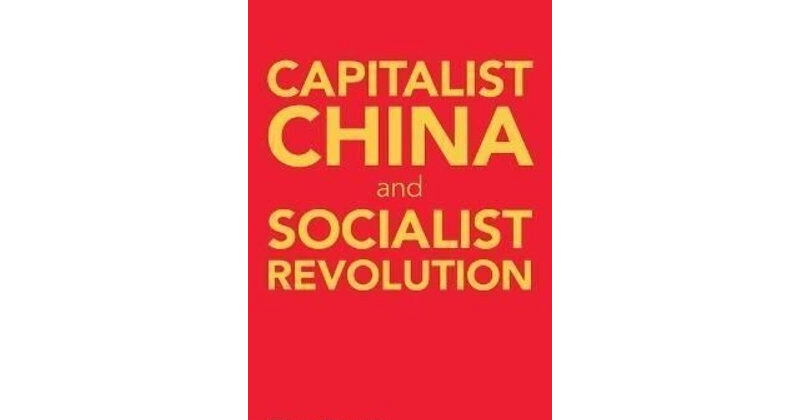

By Peter Main
In this short pamphlet, Simon Hannah seeks to, ‘outline the recent history of China as well as the ways in which the politics and economy of the country have shifted – making it one of the most powerful capitalist and emerging imperialist countries in the world’. More than that, as the title implies, he also wants to relate that history to the overthrow of capitalism in China and the victory of socialism.
To say that the CCP took power in 1949, ‘not as a working class revolution but as a highly hierarchical guerrilla army seizing the cities’ is itself an over-simplification but to say that it was not the military strategy that was the main problem because, ‘the guerrilla war had been forced on them by the violence of the nationalist forces and the real problem was the politics of the Popular Front ignores the crucial point that Mao rejected the entire programme of working class revolution. After all his Moscow-loyal opponents also accepted the Popular Front but remained oriented towards the cities.
Nonetheless, the anti-working class consequences of Mao’s programme once he had power are spelt out clearly, if briefly, ‘The CCP regime banned strikes, imprisoned left critics, maintained the secret police, closed down any semblance of factory democracy… took over the Guomindang trade unions.’ Together with a summary of the zigzags of economic policy, from mixed economy to soviet style bureaucratic planning to small scale decentralised industrialisation and wholesale collectivisation of agriculture in less than a decade, resulting in economic collapse and widespread famine, Hannah’s presentation places him squarely on the side of the revolutionary opponents of the CCP, rather than with those ‘Trotskyists’ who still contend that Mao implemented a strategy of permanent revolution.
Any such brief historical survey necessarily has to omit a great deal of detail but, even so, to make absolutely no mention of the Cultural Revolution and the strategic differences within the CCP which caused it is to ignore the roots of Deng Xiaoping’s reform programme that eventually led to the restoration of capitalism. The omission matters because, as is pointed out elsewhere, for many workers in China that period of chaos, economic decline and eventually martial law was ‘communism’.
Deng’s ‘reforms’ and the assessment of the relative importance of the different capitalist currents they created is also so compressed as to blur important shifts of policy and influence. Thus the 1992 decision to dismantle both the planning system and the ‘iron rice bowl, that is the guarantee of housing, employment, health and education for workers in state industry, is referred to as, ‘one of the crucial shifts’ whereas it was actually the decisive step in the restoration of capitalism since that is what made labour power a commodity. From that point on, the state in China was the defender and promoter of capitalist property relations; that was the point at which its class character changed.
That change, however, did not alter the regime. The CCP, the party of the bureaucratic caste that originated in the planning system, oversaw the transition and, as Hannah rightly points out, this ‘creates a tension between the interests of the caste in maintaining control and a growing mainland bourgeois class whose main objective is maximising profit’.
The concluding chapter, Capitalist China and Socialist Revolution, develops that point, identifying conflicts, including in the CCP itself, as driving political instability that can awaken the Chinese working class but insisting that any movement for democracy must be turned into a fight for a genuine socialist revolution. A correct point, certainly, but one that would benefit from at least a sketch of the programme that a working class party would need to lead that successful revolution.